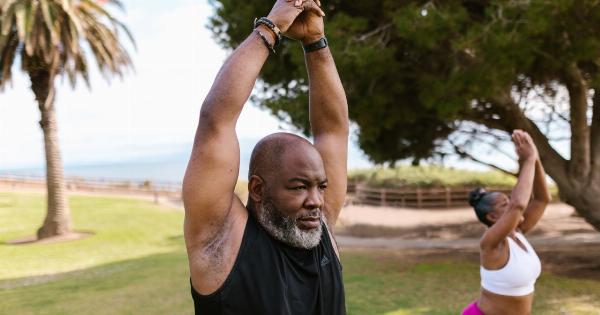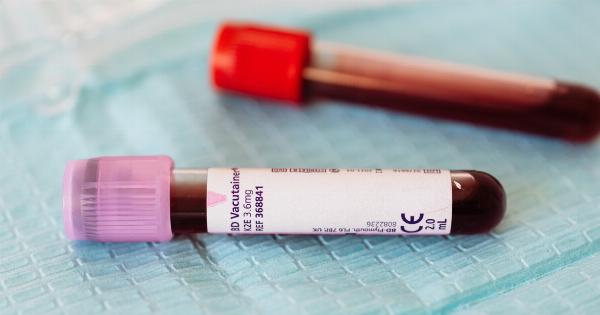Have you ever found yourself worrying about a future event, even if it’s something as simple as a meeting with a boss? You know it’s irrational, but you can’t shake off the feeling that something bad might happen.
This is what happens when your brain starts predicting negative outcomes.
The Brain’s Natural Tendency Towards Negativity
If you’ve ever heard of the “negativity bias,” then you already have an idea of how the brain leans towards negativity.
This bias, according to psychology researchers, is a natural tendency for humans to give more weight to negative experiences than positive ones.
One common experiment that demonstrates this bias is the “loss aversion” study. Researchers showed that people feel the pain of losing something more strongly than they feel the pleasure of gaining something.
For example, losing $100 can feel twice as bad as winning the same amount.
How is this relevant to predicting negative outcomes? It’s because the brain’s negativity bias makes it more likely for us to focus on the potential downsides of an event rather than its benefits.
We are wired to be more cautious than optimistic, especially when it comes to new situations or potential threats.
The Role of the Amygdala in Fear Response
Another factor that contributes to the brain’s prediction of negative outcomes is the role of the amygdala, a small almond-shaped structure within the brain’s limbic system.
The amygdala is responsible for processing emotions, particularly fear and anxiety.
When you encounter a stressful or threatening situation, your amygdala responds by sending a signal to the hypothalamus, which activates the fight-or-flight response.
This response is what causes the physical symptoms associated with anxiety or fear, such as rapid heartbeat, sweating, and shortness of breath.
So how does this relate to predicting negative outcomes? Essentially, the amygdala is the part of the brain that categorizes a situation as dangerous or safe based on previous experiences and current context.
If you’ve had a negative experience in a similar situation before, your amygdala will be more likely to send a fear signal, even if the current situation is not as dangerous. This is why people can have irrational fears of things like spiders or flying, even though the actual chance of harm is very low.
The Impacts of Negative Outcome Predictions
While the brain’s negativity bias and fear response are natural mechanisms that have helped humans survive and adapt throughout history, they can also have negative impacts on our daily lives.
When we predict negative outcomes, we might avoid taking risks or trying new things out of fear. This can lead to missed opportunities or stagnation in personal and professional growth.
Negative outcome predictions can also contribute to mental health issues like anxiety and depression. When we ruminate on worst-case scenarios, it’s easy to spiral into a cycle of negative thinking that can impact our self-worth and overall mood.
In extreme cases, this can lead to a crippling fear of the future or an inability to cope with uncertainty.
How to Overcome Negative Outcome Predictions
Fortunately, there are ways to counteract the brain’s tendency to predict negative outcomes. These strategies involve training the brain to focus more on the positive and reframe situations in a less threatening manner.
Here are some of the most effective methods:.
Identify and Challenge Negative Thoughts
The first step in overcoming negative outcome predictions is to become aware of the thoughts that trigger them. Notice when you start to feel anxious or fearful about a situation, and then ask yourself what you’re telling yourself about it.
Often, negative thoughts are automatic and subconscious, so it might take some effort to bring them to the surface.
Once you’ve identified a negative thought, challenge it with evidence. Is there any proof that the worst-case scenario will happen? More often than not, our fears are based on speculation or irrational beliefs rather than facts.
By challenging negative thoughts, you can start to reframe the situation in a more positive light.
Practice Gratitude and Mindfulness
Gratitude and mindfulness are powerful tools for shifting the brain’s focus away from negativity. By cultivating gratitude, you train your brain to look for the good in each situation rather than the bad.
This helps counteract the negativity bias that makes us more likely to focus on the negative.
Mindfulness, which involves being present in the moment and non-judgmentally observing your thoughts and feelings, can also help reduce anxiety and stress.
By becoming more aware of your thoughts, you can distance yourself from negative outcome predictions and observe them objectively rather than being consumed by them.
Visualize Success
Visualization, or mentally picturing yourself achieving a positive outcome, can be a powerful way to overcome negative outcome predictions. By imagining success, you train your brain to focus on positive possibilities rather than negative ones.
This can boost your confidence and motivation to take the necessary steps to make your vision a reality.
For example, if you’re worried about a job interview, try visualizing yourself confidently answering each question and impressing the interviewer.
The more vividly you can imagine success, the more likely your brain will be to believe it and act accordingly.
Conclusion
The brain’s tendency to predict negative outcomes is a natural mechanism that has helped humans survive danger throughout history. However, in modern society, this bias can lead to missed opportunities, anxiety, and depression.
By training our brains to focus more on the positive and reframe situations in a less threatening manner, we can overcome negative outcome predictions and live happier, more fulfilling lives.






























